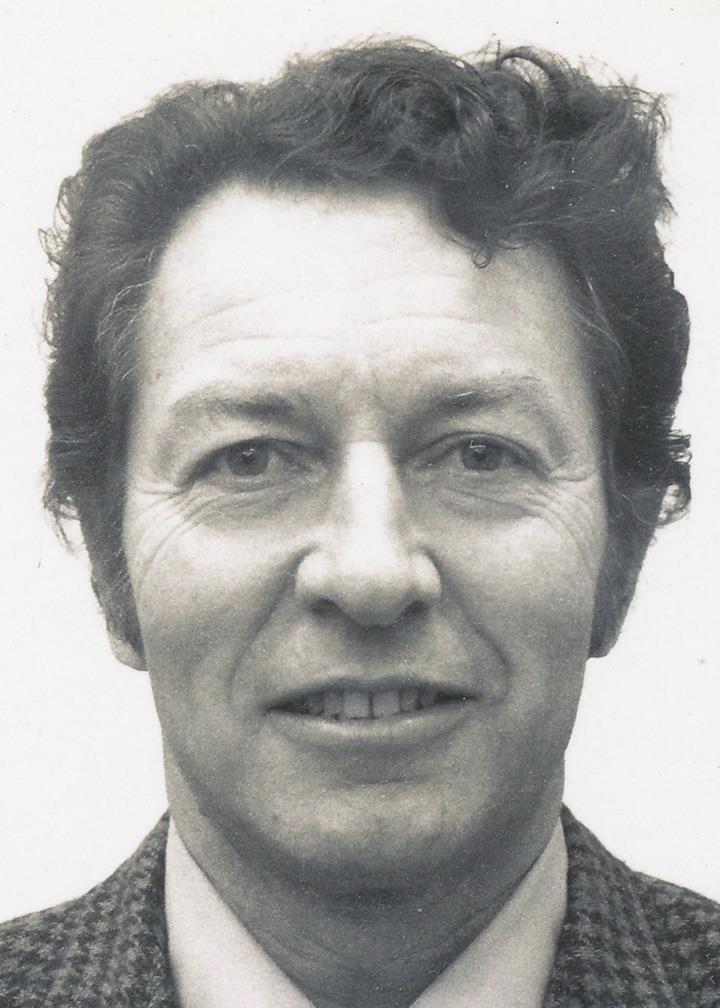Orthomolecular Medicine Hall of Fame
Inducted 2014“A brilliant individual who never seemed to engage in any physical or mental activity half way. Always seeing challenge, eschewing convention and reveling in contention…” – Jim King, a life-long friend
John Thomas Anderson Ely, Jr. was born in 1923 in San Francisco, California. He received a BSc in 1952 from Eastern Washington University, and a MSc in 1959 and PhD in Physics in 1969 from the University of Washington.
He enlisted in the Army Air Corps in 1943. The military immediately recognized his intellectual abilities and he was assigned to training at the Pre-Meteorology Program at Amherst College, then the Communications Course at Yale University and Radar Electronics Course in Boca Raton Florida. These studies were the beginning of a 25 year Air Force career.
He went through pilot training at Randolph Air Force and received his wings from Eddie Richenbacker in February 1949. From 1960-1964, John was a physicist in the Space Physics Lab at Air Force Cambridge Research Laboratories. His rank at retirement was Colonel.
He began his research professorship the University of Washington in 1969. Because of his satellite cosmic ray research and interest in the mutagenic burden of the penetrating background radiation and its possible role in aging and neoplastic initiations, he found statistically significant latitude dependence in cancer mortality. The background radiation decreases at low latitudes and cancer deaths appeared to exhibit the same trend, except for a few low latitude countries whose high mortalities violated this expectation. From WHO data, he found that those countries had high sugar/refined carbohydrate consumption. Using this data and two discoveries on leukocytes, he deduced the glucose ascorbate antagonism theory (GAA). In 1973, John related to Linus Pauling a theoretical reason why the clinical trials of vitamin C against colds and cancer may have failed because of the high blood sugar levels in the affluent nations. The GAA was described in over a dozen peer reviewed publications, as well as, several articles in the Journal of Orthomolecular Medicine. These articles show how GAA has relevance to infectious diseases, atherosclerosis, birth defects, cancer and aging.
For 20 years, John contributed to the Well Mind Association of Seattle. He wrote articles for their newsletters showing how various conditions and nutrients could affect the brain.



